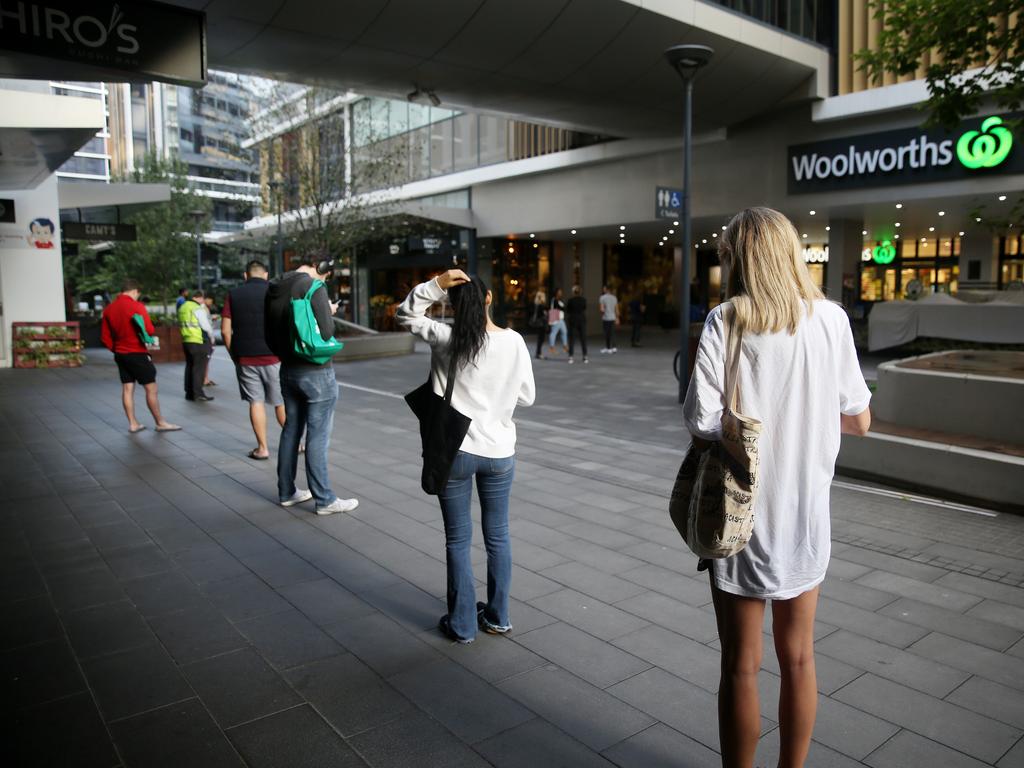Australian bank loan losses ‘to balloon to $29bn’, says S&P Global Ratings
Downside risk to estimate ‘significant’ and will depend on the length and severity of the Australian economic downturn.

S&P Global Ratings expects a sharp COVID-19 economic contraction will cause Australian bank loan losses to balloon to $29bn next financial year, about six times 2019 historic lows, as house prices slump 10 per cent.
S&P analysts led by Sharad Jain said their base case was that bank credit losses would surge to 85 points of gross loans and advances, or $29bn for the entire sector in the year ended June 30, 2021. He labelled the scenario “substantial but temporary” for Australia’s banks.
“We believe that the full extent of losses will take some time to materialise,” Mr Jain said in a report released on Wednesday. “We expect that a number of businesses and households are likely to struggle to meet their financial obligations once the restrictions to contain the coronavirus outbreak are lifted, when the moratorium on debt servicing ends, and the government reduces fiscal support.”
S&P also warned of “significant risks” to the downside on its estimates for loan losses, hinging on how long and severe the Australian economic downturn became.
“The credit losses could rise well above our base case if the economic downturn becomes significantly more prolonged or severe than our current forecasts,” the report said. “Nevertheless, we assess that the major Australian banks should be able to absorb our forecast rise in credit losses within their earnings despite lower interest and fee income.”
Westpac this week revealed it expects to book provisions for COVID-19 related loan losses of $1.6bn in its first-half results, about double credit losses anticipated by rival National Australia Bank. UBS expects ANZ will on Thursday book provisions related to COVID-19 of $1.25bn, as it hands down its earnings for the six months ended March 31.
Commonwealth Bank is due to provide an quarterly update to investors on May 13, as unlike its major bank counterparts, it rules off its financial year on June 30.
On house prices, S&P expects a decline of about 10 per cent before growth resumes around June 2021.
“In the short term, restrictions on auctions and inspections are likely to curtail the volume of home sales. In addition, we expect that demand for housing will not be as buoyant as in the past several years as immigration will likely remain non-existent for some time due to travel restrictions,” Mr Jain said.
“At the same time, we expect the large fiscal stimulus from the government to reduce the severity in home price falls. Similarly, the six-month moratorium on home loan repayments should restrict distressed sales by homeowners.”
S&P said house prices were likely to stabilise as economic activity and employment rebounded in 2021, about the time that immigration led population growth could resume.
The report also estimated that reduced construction of new homes in recent months would persist for the next 12 months, which would “amplify the persistent gap between demand and supply for housing” especially in Melbourne and Sydney.
“Interest rates are likely to remain low, which should also support price growth when economic conditions improve,” S&P said.
On bank loan losses, S&P sees an improvement occurring in fiscal 2022 when it expects credit losses will ease to about 0.5 per cent of gross loans and advances.
“We now view the economic risk trend as negative, reflecting a one-in-three possibility that the economic impact for the banking sector could be significantly more severe or prolonged than our base case,” the report said.
“Should we assess our economic risk score for the Australian banking industry as having worsened, we expect our issuer credit ratings on nearly all Australian banks to remain unchanged.”








To join the conversation, please log in. Don't have an account? Register
Join the conversation, you are commenting as Logout